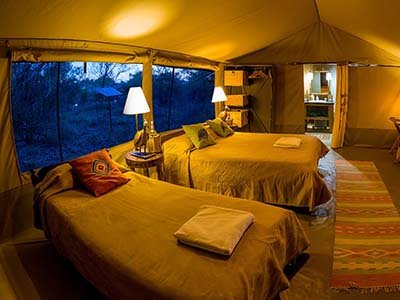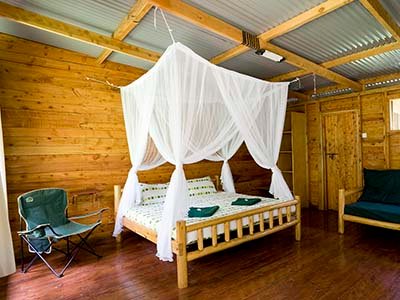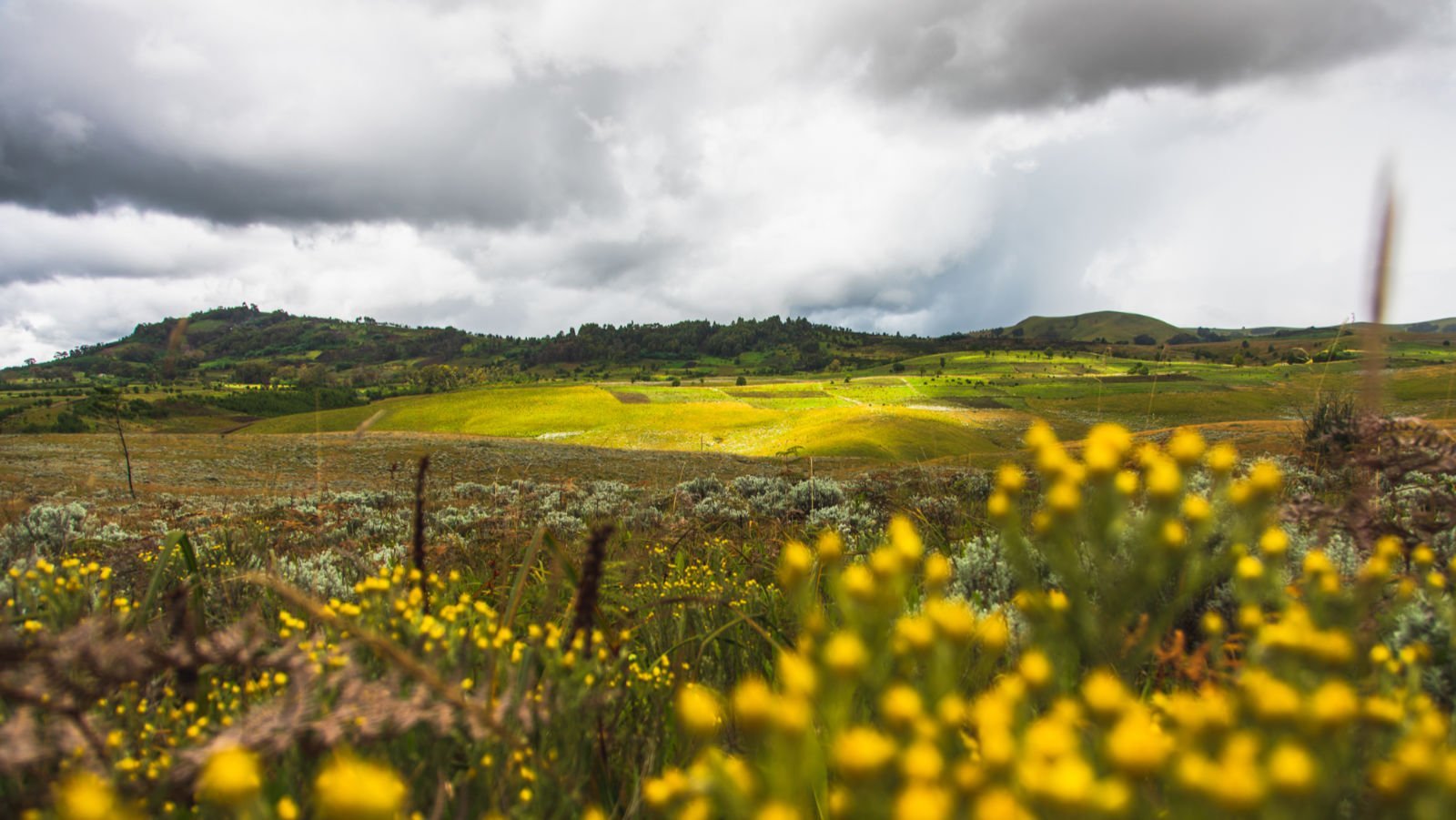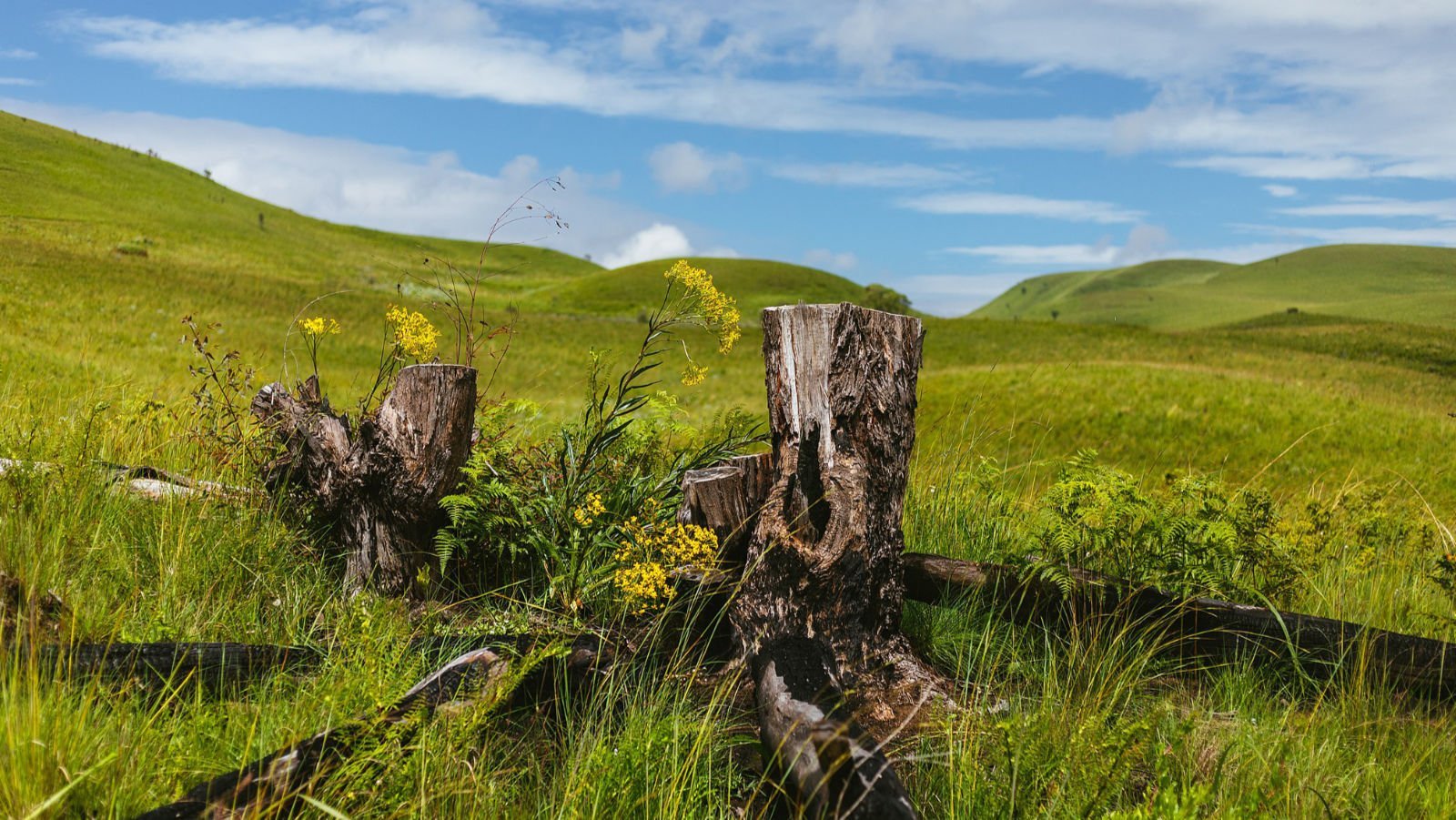Kitulo National Park
Kitulo National Park was created in 2005 for its botanical significance, a first in Africa for tropical flowers. It spans 37 kilometres from north to south and encompasses 466 square kilometres. The maximum elevation is 2,700 metres (the highest peak lies just outside the park).
Kitulo National Park – Floral Marvel
Kitulo is the closest thing to nirvana for plant enthusiasts. Welcoming you to Bustani ya Mungu, popularly known as “the Serengeti of flowers” and “The Garden of God,” our translation of the Swahili phrase for this incredible place. Among the more than 350 types of wildflowers found here are more than 40 species of terrestrial orchids, making this one of the most spectacular displays of its kind anywhere in the world. The best time to see It is during the rainy season when the scenery is at its most spectacular.
The most significant montane and afro-alpine grasslands in Tanzania are home to some of the most visually spectacular blooms in the world, including 45 varieties of terrestrial orchids. Over 30 of them are found nowhere else in the world except in Tanzania, 15 in the Kitulo/Kipengere range and 10 in the Kitulo/Uporoto range.
Fauna in Kitulo National Park
Primates
Being the only area in Tanzania where you can see the highly endangered and indigenous Kipunji monkey (Rungwecebus kipunji) makes Kitulo National Park popular with tourists. First seen in December 2003 and verified in July 2004, the Kipunji is the first new species of African monkey to be identified since the sun-tailed monkey (Allochrocebus solatus) of Gabon in 1984.

Around 1100 individuals may be found in the Rungwe Livingstone forest, which spans both Mount Rungwe and Kitulo National park; another population can be located roughly 250 miles distant in the Ndundulu Forest reserve next to Udzungwa Mountains National Park.
Angola-pied colobus and blue monkeys may also be heard screaming in the distance.
Some reedbuck and eland, both tiny but hardy mountain animals, may still be found in the wild.
Just when you think you’ve seen everything, you can come into a rare butterfly, reptile, or frog that’s only found in that particular area. One of the rarest chameleons on the continent, the Poroto three-horned chameleon, may be found here.
Birds and birdwatching
It should come as no surprise that birdwatchers find this floral beauty to be equally fascinating. It is possible, but unlikely, that you could see a Denham’s bustard in this area. Additionally, you may see a breeding colony of the critically endangered blue swallow. Other birds in Kitulo National Park include churring cisticola, the Kipengere seedeater, mountain marsh widow and short-tailed pipit.

Quite simply, Kitulo is heaven on earth. Kitulo is a hiker’s and botanist’s paradise, although the sheer number of plant species here may be daunting.
Other sites and attractions in Kitulo National Park
The Kitulo Plateau and its surrounds are significant because they contain the water source for the Great Ruaha River, which is why they are so visually appealing. In the eastern part of the park lies a roaring waterfall in the Numbe Forest that is worth the trip alone.
Climate and Weather for Kitalo National Park
Temperatures range from a high of 25°C during the day and 10°C at night in September and October to a low of 13°C during the day and 0°C at night in June and July.
Wet season extends from late October to May, while the dry season is from June to the middle of October.
Kitulo National Park is most enjoyable between May and September. Most wildflowers bloom between December and April. Dry and sunny from September through November provide for pleasant trekking conditions, but botanists should go elsewhere.
Getting to Kitulo National Park
In order to reach the park, you’ll need a 4×4 vehicle because of its isolated location. The most travelled route covers 860 kilometres over the course of two days, beginning in Dar es Salaam and ending in the village of Chimala (815 kilometres on paved roads), and then continuing on to the Mwakapembe gate (45 kilometres on rough roads). The park’s headquarters are located in the village of Matamba, 10 kilometres before the gate. Kikondo will have a western gate that can be reached via Mbeya town and the Tukuyu road.
An alternate method is to use the TAZARA train (three times a week) from Mbeya’s Songwe International Airport; driving the 123 kilometres to Chimala takes about the same amount of time.
Kitulo National Park Accommodation
There are special and public camping areas on the plateau within the park (bookings through the Park).
Accommodations beyond the park gates include two fairly priced church-run hostels on Materna Beach, as well as other (more opulent) options in Mbeya city.
Kitulo National Park: What to See and Do
Enjoy a half-day trip from the park over the vast uniform bamboo zone of the Livingstone Mountains, home to some of the most remarkable creatures on Earth, to the magnificent Matema beach on Lake Nyasa, go on a guided walking safari, or go bird-watching.
Best time to visit Kitulo National Park
It is best visited during the dry season from November to April, offering visitors more opportunities to explore the park and its many attractions. During this time, the vast grasslands are home to an abundance of wildflowers, while the surrounding mountains offer spectacular views of the valley below.
The park also provides excellent opportunities for bird watching and game viewing, as well as trekking through lush forests and taking part in other outdoor activities such as mountain biking and horse riding.
Frequently Asked Questions
What activities are found in Kitulo National Park?
The Park is a hidden gem for ecotourists in southern Tanzania. The park’s varying topography and rich vegetation make for a wide range of enjoyable pursuits.
Travelers enjoy seeing zebras, elands, leopards, hyenas, and antelopes, among other animals, while exploring the park.
Another option for getting to know the landscape and the wildlife of the park is a walking safari. The park has a lot of challenging hiking paths for people who are seeking for an adventure. The greatest way to take in the grassland’s wild flowers is open walking through the grassland.
Hill climbing in the montane grassland is also available. Another option is to traverse the park across the Livingstone Mountains to the stunning Matema Beach in Lake Nyasa.
Lastly, Kitulo National Park is the only place in the world where you may attempt to see the critically endangered kipunji monkey.
How much is entry to Kitulo National Park?
Due to its amazing beauty and distinctive variety of vegetation, Kitulo National Park is sometimes referred to as the Garden of God. The park is located in the southern highlands of Tanzania and contains an astonishing 350 species of Vascular plants, many of which are peculiar to the region.
The park’s diverse grasses and flowers combine to provide a beautiful carpet of colour that spreads for kilometres. Moreover, Kitulo National Park is a haven for flower lovers from all over the world because to its 45 terrestrial orchid species.
The moniker Garden of God was inspired by this extraordinary diversity.
Visitors to Kitulo National Park may take strolls in the meadows and admire the untainted beauty of nature while being surrounded by hundreds of flowers in full bloom.
What is kitulo famous for?
Kitulo National Park the “Garden of God,” or “Serengeti of Flowers.” is famous for its breathtaking scenery and abundant floral diversity.
The park is one of the few areas in the region where the Tanzania endemic kipunji monkey can be found, an endangered species of monkey with distinctive broad crest of hair on the crown of its head, that was discovered by scientists in 2004
What birds are in Kitulo National Park?
A variety of bird species may be seen in the park. The endangered blue swallow, mountain marsh widow, lesser kestrel, pallid harrier, kipengere seedeater, and Denham’s bustard are just a few of the park’s residents.
The Churring cisticola or Njombe cisticola, a little bird whose range reaches as far south as Malawi and Zambia, also has a home in the park. European white storks are also known to visit the park on rare occasions, although they are not thought to be permanent inhabitants.






